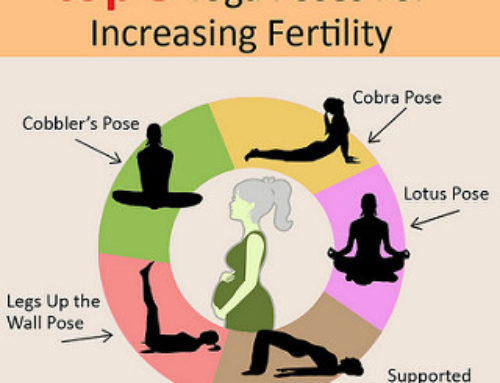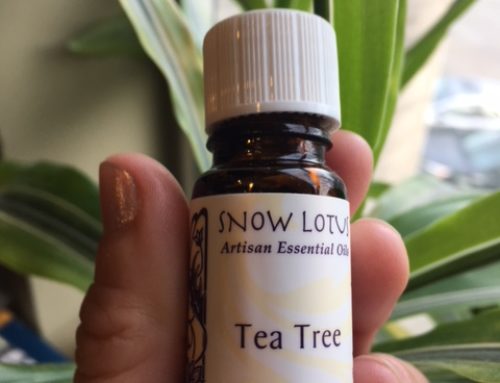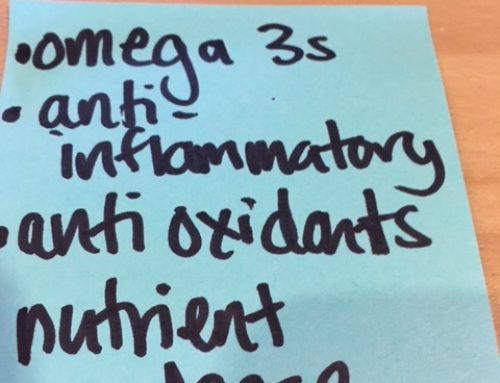Hello, dear ones! I hope spring is treating you well thus far.
Today, I want to talk about Yoga Nidra and explore some of the ways this powerful practice can help you cultivate joy, body awareness, well being, pain reduction, and relieve (and ultimately cure!) PTSD, anxiety, and depression.
If you’re like me, you’re probably thinking “Woah, Katie, those are some strong claims. Back that up with data!”. Not a problem. Yoga Nidra, specifically the iRest modality, is an approved treatment (adjunctive or on its own) for military veterans across the US, Canada, Australia, and the United Kingdom and more research results can be found here, here, and here. In short, this mindfulness meditation practice is powerful stuff and all it takes is a willingness to try and a helpful guide…like me!
A SINGLE HOUR OF YOGA NIDRA IS EQUAL TO 4 HOURS OF CONVENTIONAL SLEEP!!
Yoga Nidra translates to ‘Yoga Sleep’ but the ultimate goal is to increase self-awareness so we can have more control over our thoughts and feelings rather than be controlled by them. It’s rooted in tantric philosophy and is many thousands of years old. But practically speaking, you’ll feel a deep sense of rest and rejuvenation after just 1 session.
What does a Yoga Nidra session look like?
First, we’ll start by making you as comfortable as possible. You will lay on the floor and I’ll place bolsters under your legs and arms, a pillow under your head, an eye mask on your face, and tuck you in with a nice warm blanket. Prepare for bliss! From there, I will lead you through a series of guided meditations and body sensing exercises that will help you relax deeper and deeper. You may fall asleep. This is normal! When the session concludes, I’ll gently bring you back to the present moment by making a tone with a singing bowl. A full session take about an hour.
You’ll find the 10 components of Yoga Nidra below. Feel free to read them over and ask me any questions you may have. Then, schedule a session with me! No matter your dosha, you’ll benefit from Yoga Nidra and I look forward to joining you on your journey to bliss.
Much love,
Katie
If you’re like me, you’re probably thinking “Woah, Katie, those are some strong claims. Back that up with data!”. Not a problem. Yoga Nidra, specifically the iRest modality, is an approved treatment (adjunctive or on its own) for military veterans across the US, Canada, Australia, and the United Kingdom and more research results can be found here, here, and here. In short, this mindfulness meditation practice is powerful stuff and all it takes is a willingness to try and a helpful guide…like me!
A SINGLE HOUR OF YOGA NIDRA IS EQUAL TO 4 HOURS OF CONVENTIONAL SLEEP!!
Yoga Nidra translates to ‘Yoga Sleep’ but the ultimate goal is to increase self-awareness so we can have more control over our thoughts and feelings rather than be controlled by them. It’s rooted in tantric philosophy and is many thousands of years old. But practically speaking, you’ll feel a deep sense of rest and rejuvenation after just 1 session.
What does a Yoga Nidra session look like?
First, we’ll start by making you as comfortable as possible. You will lay on the floor and I’ll place bolsters under your legs and arms, a pillow under your head, an eye mask on your face, and tuck you in with a nice warm blanket. Prepare for bliss! From there, I will lead you through a series of guided meditations and body sensing exercises that will help you relax deeper and deeper. You may fall asleep. This is normal! When the session concludes, I’ll gently bring you back to the present moment by making a tone with a singing bowl. A full session take about an hour.
You’ll find the 10 components of Yoga Nidra below. Feel free to read them over and ask me any questions you may have. Then, schedule a session with me! No matter your dosha, you’ll benefit from Yoga Nidra and I look forward to joining you on your journey to bliss.
Much love,
Katie
http://katiemeyer.com/
10 Steps of Yoga Nidra (Retrieved from Yoga Journal)
- Connect to Your Heartfelt Desire. Bring to mind your heart’s deepest desire—something that you want more than anything else in life. Perhaps it is a desire for health, well-being, or awakening. Feel this heartfelt desire with your entire body while imagining and experiencing it in this moment as if it were true.
- Set an Intention. Reflect on your intention for your practice today. It might be to relax and rest, or to inquire into a particular sensation, emotion, or belief. Whatever your intention, welcome and affirm it with your entire body and mind.
- Find Your Inner Resource. Bring attention to your Inner Resource, a safe haven within your body where you experience feelings of security, well-being, and calm. You may imagine a place, person, or experience that helps you feel secure and at ease and that helps you feel within your body the sense of well-being. Re-experience your Inner Resource at any time during your practice or in daily life when you feel overwhelmed by an emotion, thought, or life circumstance and wish to feel secure and at ease.
- Scan Your Body. Gradually move your awareness through your body. Sense your jaw, mouth, ears, nose, and eyes. Sense your forehead, scalp, neck, and the inside of your throat. Scan your attention through your left arm and left palm, your right arm and right palm, and then both arms and hands simultaneously. Sense your torso, pelvis, and sacrum. Experience sensation in your left hip, leg, and foot, and then in your right hip, leg, and foot. Sense your entire body as a field of radiant sensation.
- Become Aware of Your Breath. Sense the body breathing by itself. Observe the natural flow of air in the nostrils, throat, and rib cage as well as the rise and fall of the abdomen with each breath. Feel each breath as flowing energy coursing throughout your entire body.
- Welcome Your Feelings. Without judging or trying to change anything, welcome the sensations (such as heaviness, tension, or warmth) and emotions (such as sadness, anger, or worry) that are present in your body and mind. Also notice opposite sensations and emotions: If you feel worry, call up feelings of serenity; if you feel tense, experience ease. Sense each feeling and its opposite within your body.
- Witness Your Thoughts. Notice and welcome the thoughts, memories, and images that are present in your mind. Observe your thoughts without judging them or trying to change them. As you come upon beliefs that you hold about yourself, also bring to mind and experience their opposites, welcoming your experience just as it is.
- Experience Joy. Welcome sensations of joy, well-being, or bliss emanating from your heart or belly and spreading throughout your body and into the space around you. With every exhalation, experience sensations of warmth, joy, and well-being radiating throughout your body.
- Observe Your Self. Be aware of your sense of “I-ness,” or personality. Notice this sense of identity when you say “I’m hungry,” “I’m angry,” or “I’m happy.” Then, experience yourself as an observing witness or Awareness that is cognizant of these feelings. Set aside thinking and dissolve into Awareness, awake and conscious of the self.
- Reflect on Your Practice. As you complete your practice, reflect on the journey you’ve just taken. Affirm how the feeling of pure Being, or pure Awareness, is always present as a deep, unchanging peace that underlies every changing circumstance. Imagine integrating that feeling into your everyday life, in both pleasant and difficult moments, and always reconnecting to that sense of equanimity.
To Finish: At your own pace, transition back to your waking life, reorienting to your surroundings. Come back slowly, and pause for a moment to feel grateful for taking this time for yourself.







Leave A Comment
You must be logged in to post a comment.